Once seen as a menace, bats are now a protected species and old churches have long proved a favourite roosting spot for these flying mammals.
Hibernating through much of winter, bats emerge in spring, hunting for insects above rivers and lakes. By autumn they are ready to find a mate before settling down once more to a quiet winter of hibernation.
There are 17 breeding species of bat found in the UK, ranging from the small and common pipistrelle to the much larger noctule and greater horseshoe bats. Our guide takes a closer look as some of these species, answering questions such as: do bats hibernate? Are bats mammals? What do bats eat? Where do bats live? When and where are the best places to see bats in the UK? What is echolocation? And how are bats represented in folklore.

Bats in folklore
Bats haven’t always been popular. Perhaps because of their nocturnal habits, bats have long been demonised and cast as witches’ familiars or servants of the devil.
Stories of blood-sucking, shape-shifting vampire bats were common across central Europe during the 1700s, and laid the ground for Bram Stoker’s Dracula.
How many species of bat are their in the UK?
There are 18 species of bat in the UK, 17 of which breed here.
Are bats mammals?
Bats are the only mammals that can fly (although a handful of other species can glide short distances), using a thin membrane of skin supported by what would be their fingers, with the thumb used for climbing. Their family name, Chiroptera, means ‘hand wing’.
You may also like
What do bats eat?
All bats are insectivores, with most catching their prey on the wing – although a few, such as the natterer’s bat, are ‘gleaners’, plucking moths and lace wings from vegetation and then flying to a favourite perch to feed.
A pipistrelle can eat 3,000 flies a night.
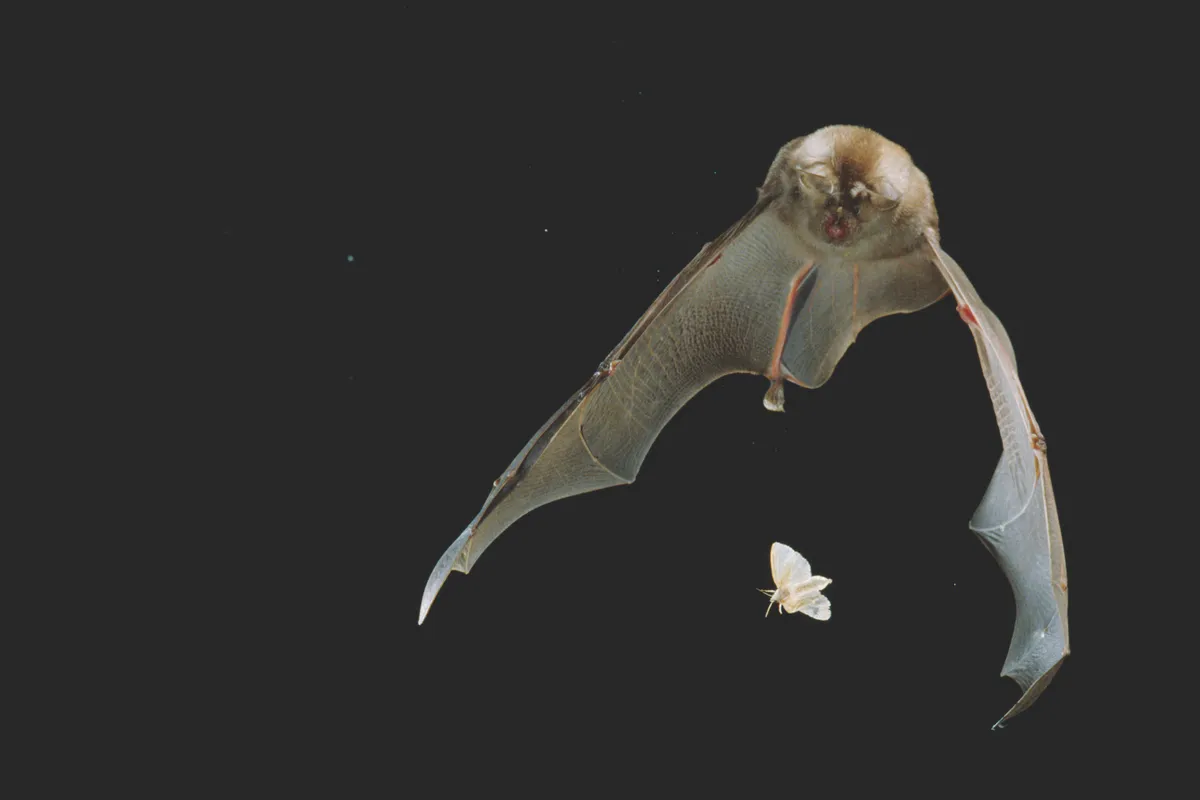
What is the rarest species of bat in Britain?
The greater mouse-eared bat is now all but extinct in Britain, with just one solitary male known to hibernate in a disused railway tunnel in Sussex.
The last colony was recorded near Bognor Regis in 1985. Attics were a particular favourite with females for maternity roosts, and it’s thought that the colony perished when a nearby cottage was destroyed in a fire.
So are there any plans to introduced a female and revive the species? Probably not. The problem is that we don’t have the habitat for them any more, or the buildings. They are really large bats and they need big gaps to be able to find somewhere to hibernate.
Do bats roost?
Yes, bats roost. The largest recorded roost in England was in the attic of a small Norfolk cottage, and was home to some 3,000 soprano pipistrelles.
Are bats protected?
Around one in four British mammals are bats and they have been protected by law since 1981.
How do bats hunt?
Although most bats will feed over water, the Daubenton’s is the aquatic star. Dubbed the water bat, it skims across reservoirs and lakes, plucking insects from the surface with its hairy feet.
These high flyers of the bat world often soar up to 50m before dropping into a steep dive to snatch moths on the wing.
What is the largest bat species in Britain?
The noctule is our largest bat, weighing in at 40g – nearly 10 times as much as the common pipistrelle.
A bat's heart beat
Do bats use echolocation?
Echolocation is the reason for these otherworldly noises. Bats send out high pitched squeaks that bounce back after hitting an object, helping them home in on their prey.
Over the mere, a rapid, staccato, series of clicks like a machine gun breaks the silence. Somewhere in the gloom, a Brandt’s bat is hunting.
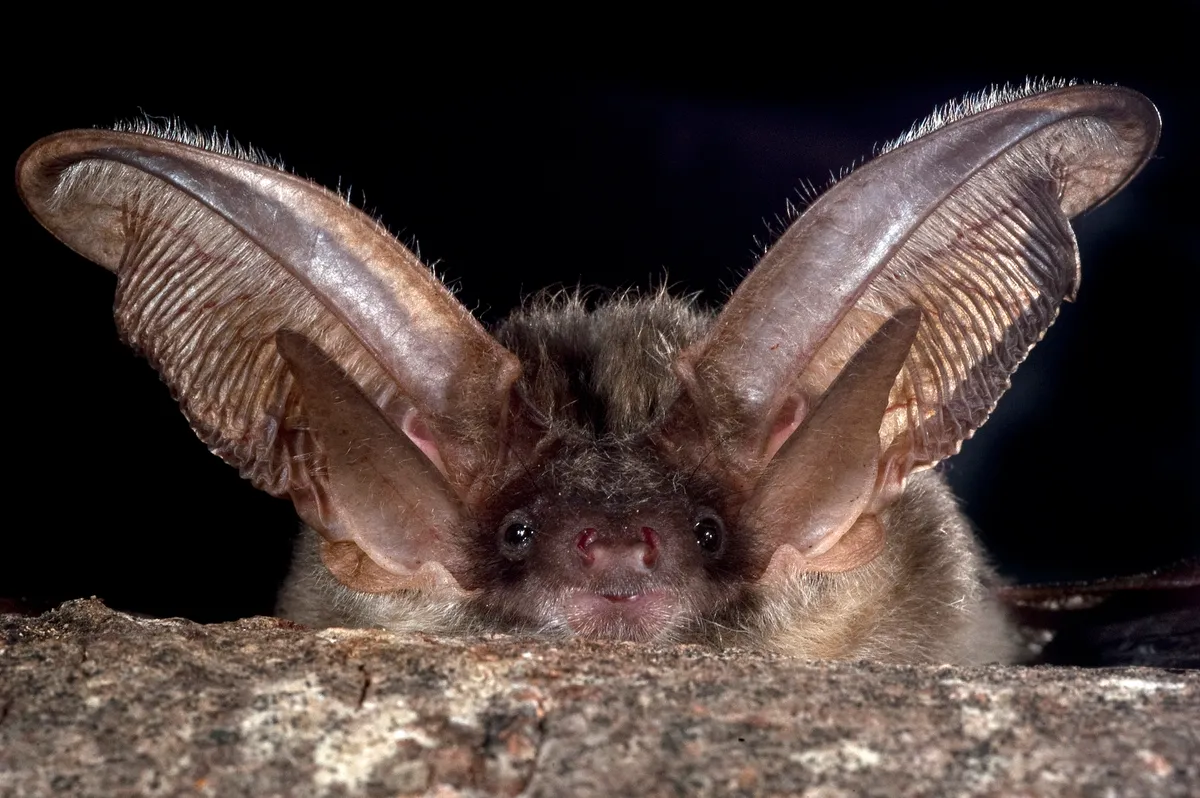
How long do bats live for?
Unlike other small mammals, bats are long-lived, with a lifespan of 30 years not uncommon. A Brandt’s bat has been recorded at 41 years old, remarkable when it only weighs around 7g.
Why do bats hang upside down?
Bats hang upside down as it makes it easier for them to open their wings before take-off. If they were to hang on by the thumbs at the tips of their wings, they’d go into free-fall first. A special locking mechanism in their feet, activated by the bat’s weight, causes their claws to grip tighter.
Do bats hibernate?
A bat’s life cycle is very much dictated by the weather. Along with dormice and hedgehogs, they are the only British mammals to hibernate. Over autumn bats build up their fat reserves before finding a good site to over-winter when temperatures drop. As well as churches and old buildings, caves and mine shafts are popular. Typically, they emerge in early spring when they move between different roost sites.
When do bats mate?
Although they mate in the autumn, females can store the sperm over winter, and in May start to form maternity colonies. Unlike other small mammals, bats are long-lived, with a lifespan of 30 years not uncommon. This is one of the reasons they produce just one pup, unlike a mouse, for instance, which breeds prolifically to compensate for its short life.
Males spend most of their time living in their own smaller, bachelor roosts until the mating season begins.
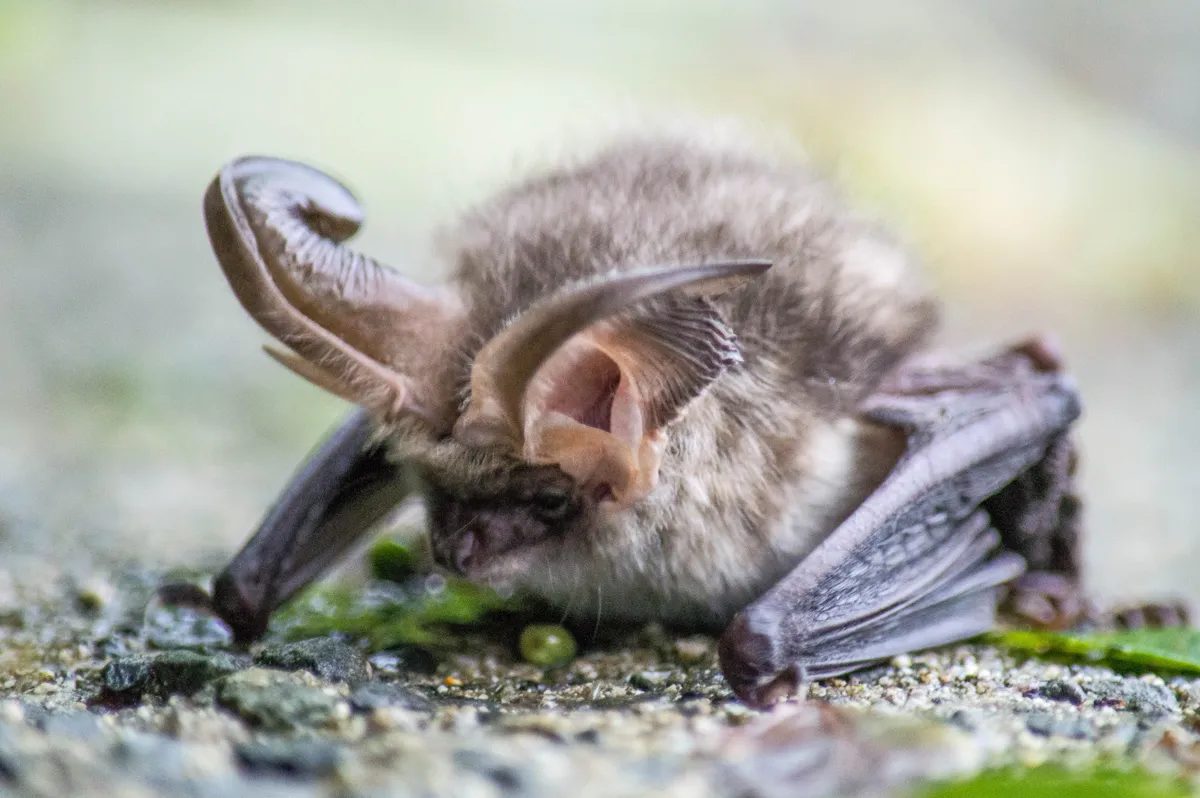
Do bats live in churches?
And of course, they’ve always been linked to churches, too. Almost since the day churches were built, they’ve probably been used by bats. Bats love these ancient chapels, which for centuries have often been the largest and most stable buildings in the landscape. And the older the better, because in contrast to newer churches with their tightly fitting dressed blocks, medieval churches are built with flint. Nothing’s square, the mortar flakes, and nooks and crannies begin to appear. If you can get your finger into a gap, a bat can get through.
Bats will also squeeze in under ridge tiles, gutters and even flashing, but it’s the roof they love best.
With a loss of woodland, and with more barns converted into airtight homes, churches have become important sanctuaries for bats.
Do bats damage churches?
Churches can provide a lot of the features that bats require all year round, offering somewhere warm, dry and with low humidity for maternity roosts in the summer, while in winter the temperature remains cool and constant, with the high humidity that bats prefer for hibernation.
The presence of bats in churches has come at a cost, though. The main damage is caused by bat droppings and urine, which can stain pews and corrode ornaments, as well as posing a hygiene problem. The biggest offenders are soprano pipistrelles – simply because of the size of their roosts – and natterer’s bats, which tend to fly around inside churches and so spread their faeces.
In the past, church communities tried to drive bats out, often using cyanide or staging bat-whacking nights to get rid of roosts. Now things are changing, partly thanks to a £3.8m partnership between the Bat Conservation Trust and the Heritage Lottery Fund. The project is setting out to help church communities and bats live together by improving people’s understanding of the animals and investigating ways to prevent bats from harming historic buildings.
Some churches just place a plastic sheet underneath the roost but the project is looking at longer-term solutions, including installing ultrasound devices. Originally developed to stop bats crashing into wind-turbine blades, they can create ‘no fly zones’ in specific areas of the church. Bat boxes are also installed to ensure the bats can still roost at the church but no longer cause disruption.
When is the best time of year to see bats?
During a mild November, bats are still active but the best time to see them is between May and September.
What is the best way to see and hear bats?
The best way to view bats is to get as much sky in your field of vision as possible. Experts can decipher the audio footprint of bats with their ears. You can also use a bat detector, which allows you to hear and record the bat sounds.
Where are the best places to see bats?
Threave Bat Reserve, Dumfries and Galloway
This specialist bat reserve has a great mix of habitats including woods, meadows and wetland. Look out for whiskered, brown long-eared and noctule bats.
Malham Tarn, Yorkshire Dales
There are regular bat walks across the estate, with bats such as the common pipistrelle and Daubenton’s taking advantage of the limestone caves as well as old buildings.

Browne’s Folly, Somerset
12 species of bat have been recorded at this Wildlife Trust reserve, including the greater horseshoe, which roosts in the labyrinth of underground mine shafts.
Gwaith Powdwr, Gwynedd
Once the largest explosive works in Europe, the site is now a Wildlife Trust reserve where old buildings and woodland are home to another rare bat, the lesser horseshoe.
Identification guide to Britain's bats
Natterer’s
Myotis nattereri
A medium-sized bat with fairly long narrow ears, curved back at the tip, and a white belly. This parkland and woodland species often roosts in tree hollows, barns and roofs. Wingspan: 28cm. Body length: 45mm
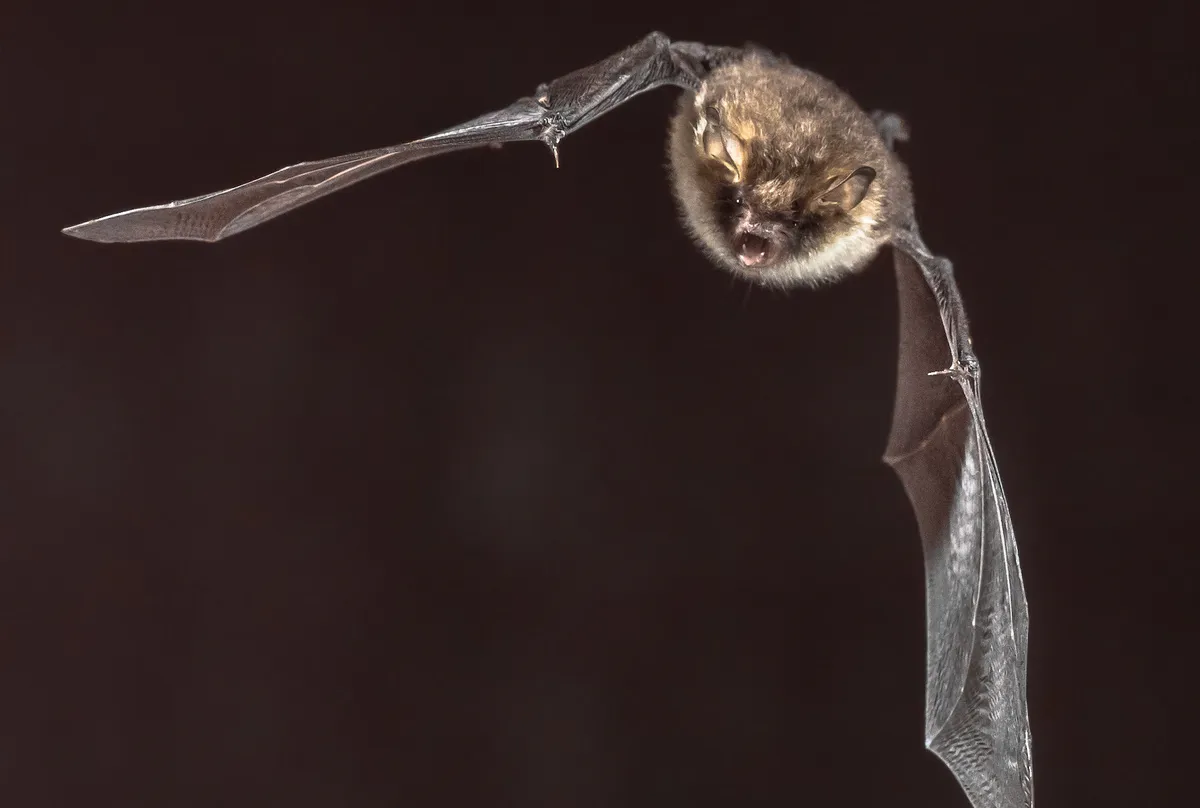
Barbastelle
Barbastella barbastellus
This rare bat has a pug nose, small eyes and broad ears joined at the top of the head. It is found in ancient woodland in southern England. Wingspan: 27cm Body length: 45mm
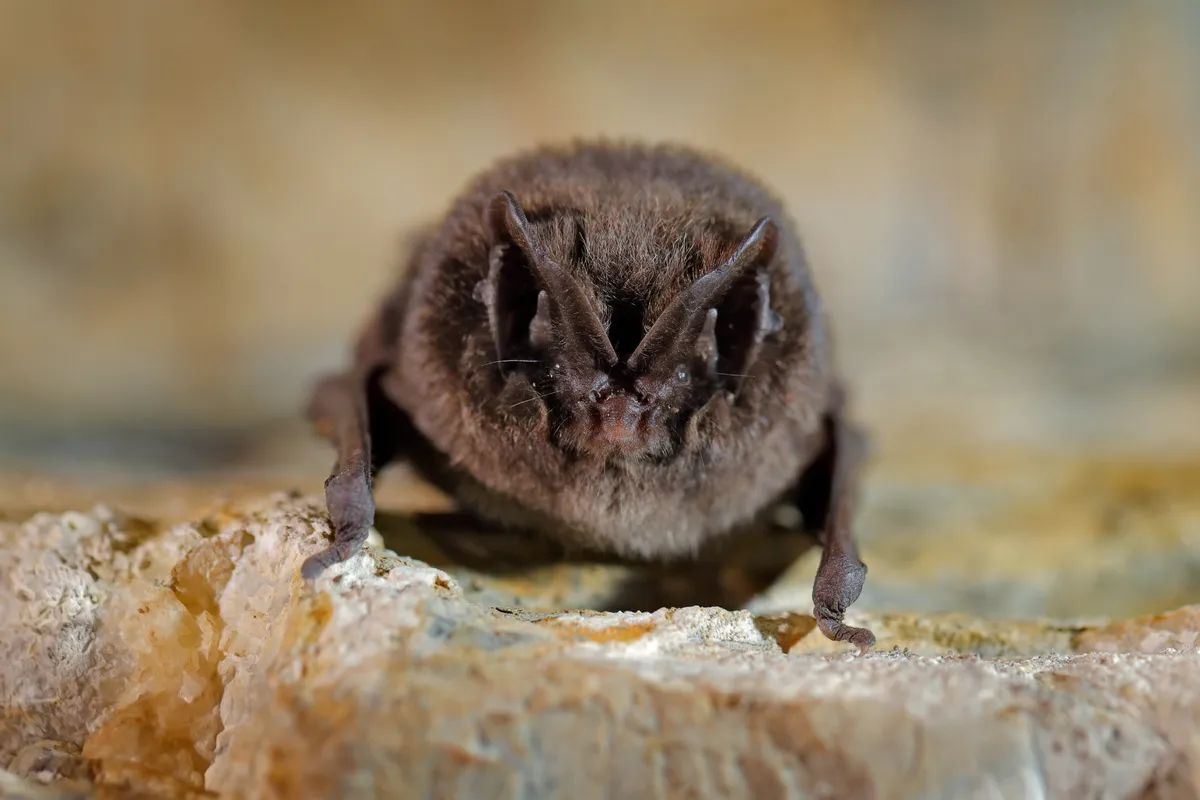
Leisler’s
Nyctalus leisler
Widely present in Ireland, this high-flying bat appears early in the evening and roosts in buildings and trees. Its face is dark, its dorsal fur is golden brown and its ventral fur yellow-brown. Wingspan: 30cm Body length: 64mm
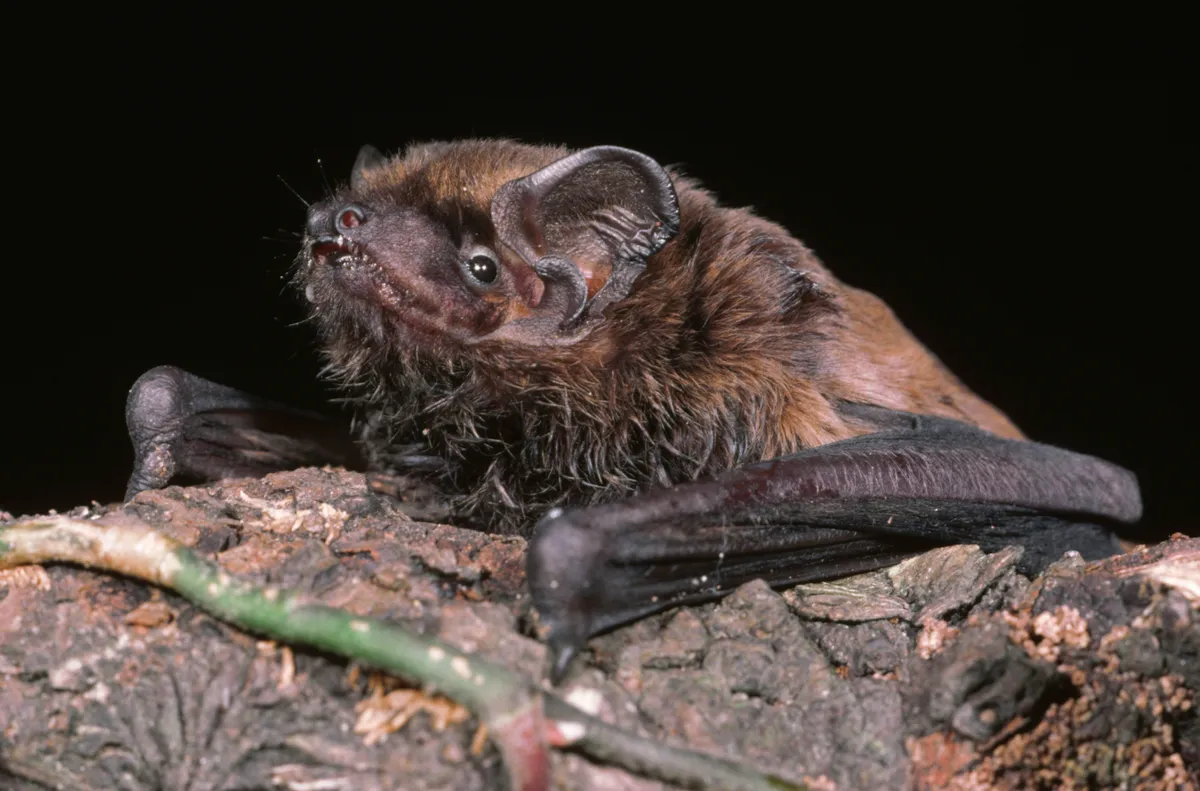
Noctule
Nyctalus noctula
One of Britain’s largest bats, this tree-roosting species forages widely for insects and is usually the first to appear in the evening, even coming out before sunset. Wingspan: 36cm Body length: 75mm
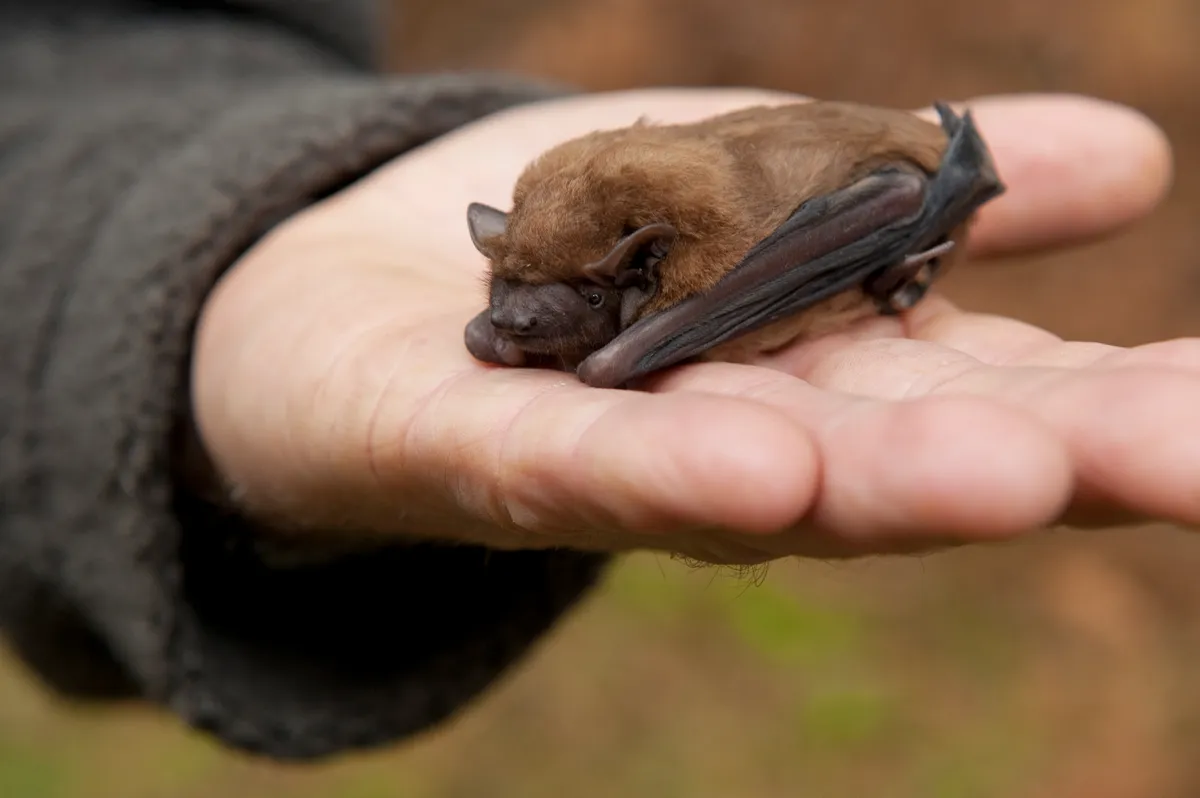
Daubenton’s
Myotis daubentonii
Its large feet distinguish it from other bats. This ‘water bat’ often roosts in trees, hunts over lakes and hibernates for six months of the year.Wingspan: 25cm. Body length: 45mm
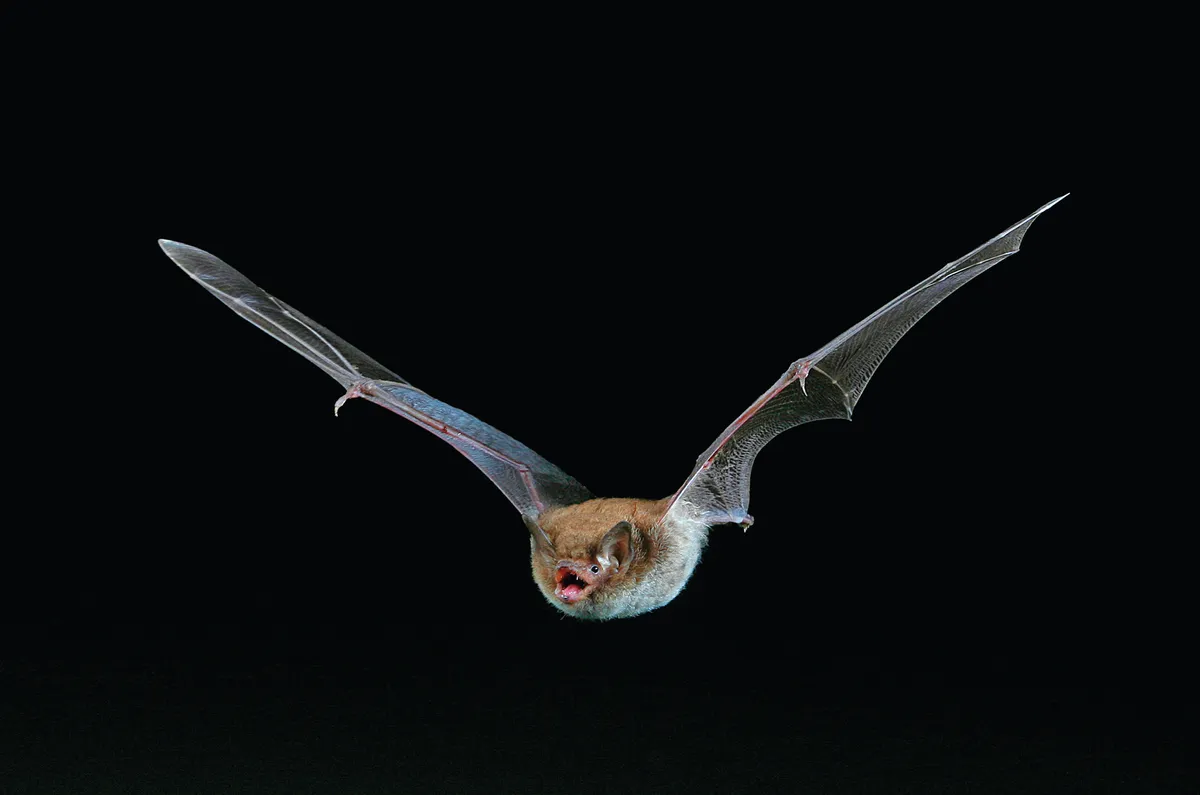
Pipistrelle
Pipistrellus pipistrellus
Our smallest and most common species of British bat, pipistrelles roost everywhere and live in colonies of 1,000 or more. They have small dog-like faces with a broad flat head and short, broad ears. There are three species of pipistrelle. Wingspan: 22cm Body length: 35mm
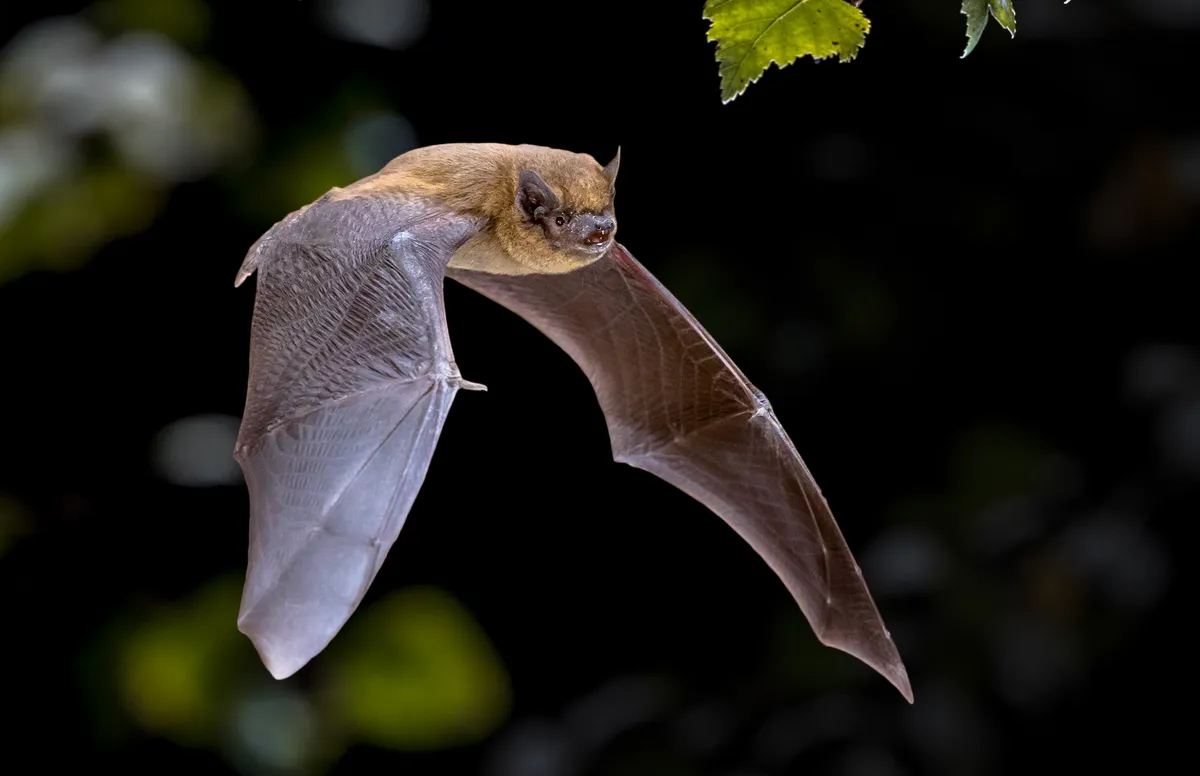
Greater horseshoe
Rhinolophus ferrumequinum
This large bat gets its name from its distinctive horseshoe-shaped noseleaf. It roosts in roof spaces in summer, and in undergound sites such as caves in winter, hanging freely with wings enclosing its body. Wingspan: 34cm. Body length: 64mm

Serotine
Eptesicus serotinus
Present only in the southern half of England and south Wales, this large bat roosts in houses, emerging early and foraging over pasture and gardens. It returns to the same roost every year. Wingspan: 36cm
Body length: 64mm

Brown long-eared
Plecotus auritus
This woodland bat has the longest ears, at about 28mm, though these are often tucked out of sight when at rest. Long-eared bats form small, quiet colonies of about 20 animals. Wingspan: 25cm
Body length: 45mm

Bechstein’s
Myotis bechsteinii
This rare bat tree-dwelling bat is restricted to ancient broadleaf woodlands in southern England. Its ears measure about 25mm, second- longest after the long-eared bat. Wingspan: 28cm. Body length: 45mm

